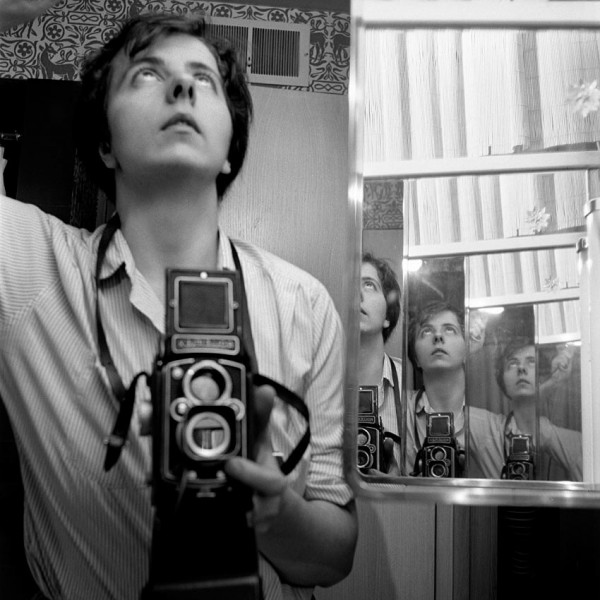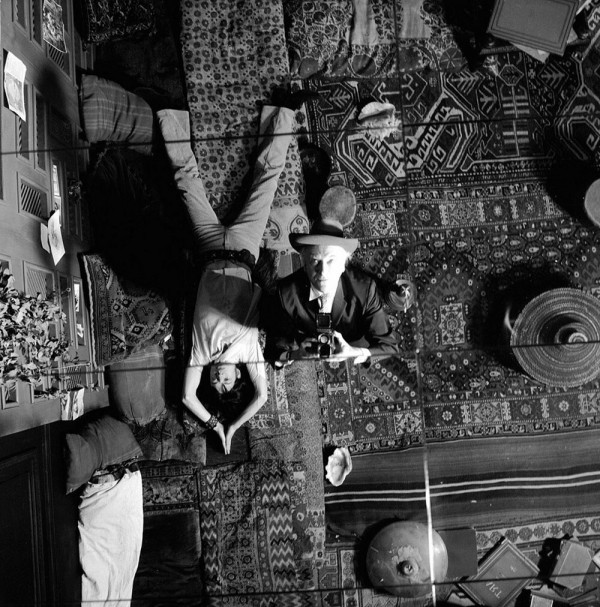Tracing lines

The LARB connect visions between Martín Ramírez and Robert Walser.
Martín Ramírez, a Mexican-born peasant who spent the last three decades of his life in a California mental hospital, is now recognized as one of the state’s greatest artists. His alleged misdiagnosis and subsequent incarceration in a psychiatric institution, almost certainly against his will, inspired some of his greatest work — part of a trend known as “outsider art.” The tension between the hard facts of Ramírez’s experience and the beauty of his work is key to appreciating him — in particular because his ultimate subject is a mediation between his past and present conditions.
During the time of his confinement he began to draw and paint, eventually producing a remarkable oeuvre that is critically acclaimed for its graphic precision and stylistic expression. He was a memory artist, devoted to the preservation of his own history. He drew the animals, religious icons, trains, and people that reflected his past. With the strong, hypnotic lines that structure each and every piece, Ramírez reflected his current conditions, and sought psychological protection for himself under difficult circumstances.
The Swiss writer Robert Walser worked as a secretary in Berlin and died a resident of a psychiatric institution in Switzerland. Walser, who was Ramírez’s contemporary, willingly entered a sanitarium after a long period of mental, social, and economic strain. His psychic fragility and sense of personal defeat led him to a different kind of writing, both microscopic and coded. His indecipherable lines of tiny text create hypnotic visual landscapes.
It took translators years to decipher the handwriting in Walser’s latest works. The elaborate subterfuge with which he wrote his stories reflects the author’s desire to avoid the outside world — to protect himself from that world, much in the same way that Ramírez did.
Art that no one sees

Janet Potter on Finding Vivian Maier.
In his review of the film, Anthony Lane took umbrage with one of Maloof’s early takes to camera, in which he asks, stupefied, “Why is a nanny taking all these photos?” The better question, and the question that more accurately reflects Maloof’s obviously high opinion of Maier, is: Why is someone who takes so many photos a nanny? Why didn’t she ever develop her film? There is evidence that she knew she was a good photographer, was proud of her talent, but none that she attempted to share it or have it critiqued.
It’s possible that the right answer is the prosaic one — that she was a single woman working as a nanny and no one would have paid attention. Or it may be that what can mildly be described as her control issues made sharing her work seem unappealing. Maloof’s position — and again, it could be a self-justifying one — is that her work is meant to be shared, that great art deserves recognition regardless of Maier’s intentions. It seems possible to me that Maier was genuinely ambivalent about whether her photography was ever appreciated.
I am a camera

Julian Stallabrass on selfies.


